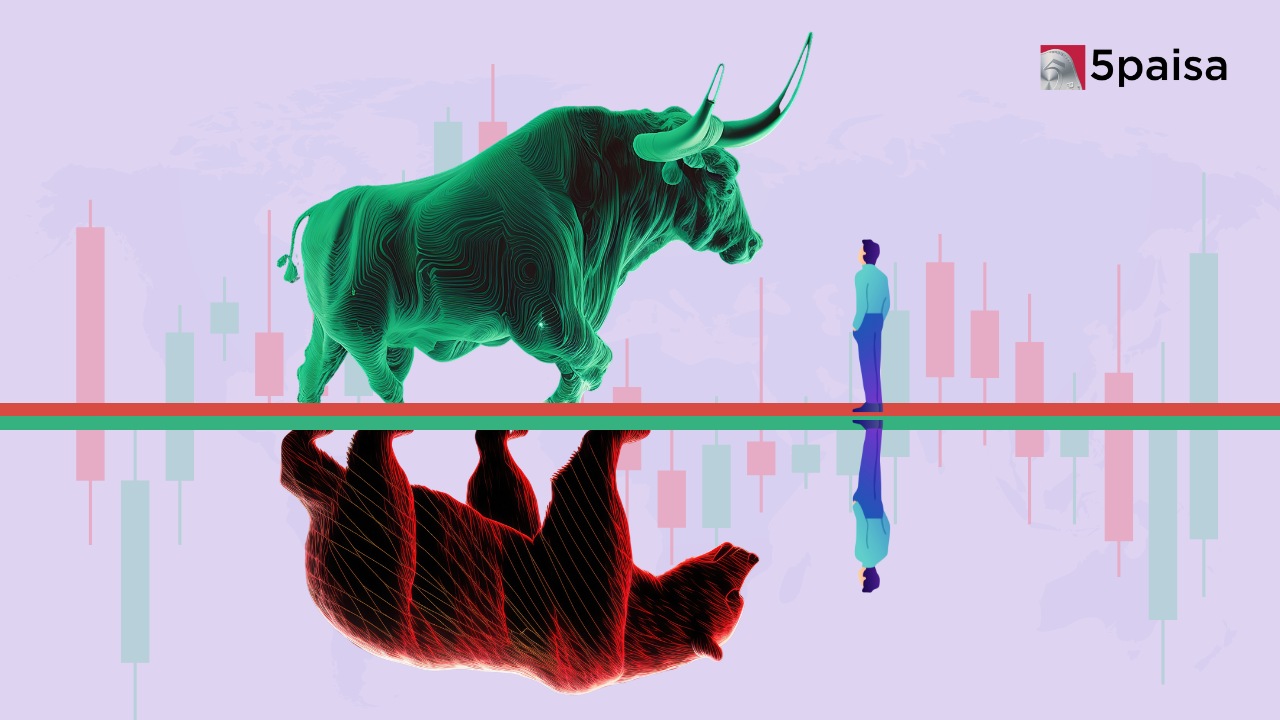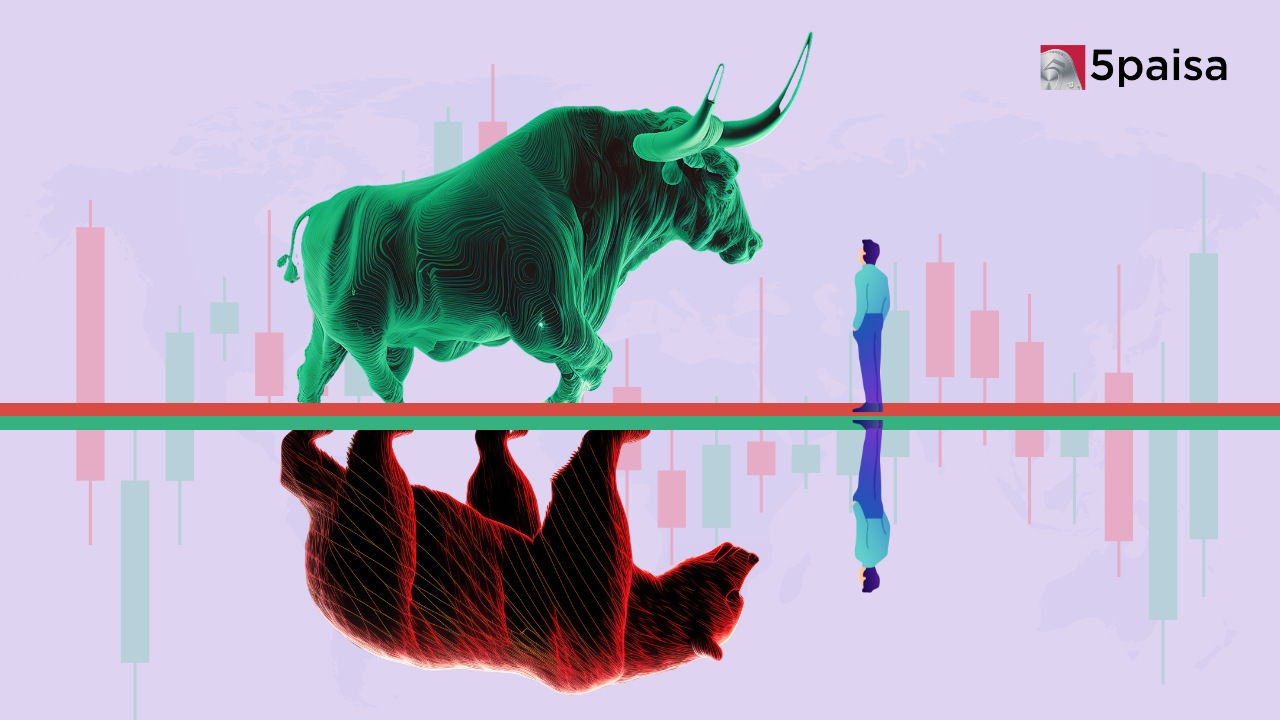Chemical Sector: Creating profitable compositions

Last Updated: 13th December 2022 - 03:19 pm
With an increased focus on research and development, maintaining a long-term relationship with the MNCs and providing speciality chemicals is helping the Indian chemical companies move up the value chain
Chemicals are utilised in a variety of end-use applications, including personal care, home care, crop care, healthcare, soaps, shampoos, talcum powder, paints, adhesives, clothing, footwear, mobile phones, automobiles, and many others. The Indian chemical industry can be compared with the IT industry in 1992. For the next 10-15 years, the Indian chemical industry could experience huge tailwinds. It started with the manufacturing of building blocks and commodity chemicals. Now, with an increased focus on research and development, maintaining a long-term relationship with the MNCs and providing speciality chemicals is helping the Indian chemical companies move up the value chain.
Most of the developed economies' adoption of the "China plus one" strategy has aided the expansion of India's chemical sector during the past couple of years. The introduction of stringent environmental regulation by the Chinese government on its chemical companies has also contributed to the growth of the Indian chemical industry in the global market. The chemical industry can be divided into different segments like agrochemicals, dyes and pigments, surfactants, flavours and fragrance functional ingredients, flavours and fragrance base ingredients, textile, polymer, construction, personal care, nutra-functional ingredients and water.
Together, agrochemical and dyes and pigments contribute more than 50% to the industry’s revenue, each contributing 29% and 22%, respectively. The value chain of agrochemicals can be divided into research and development, technicals (similar to API in pharmaceuticals), formulations and marketing. Bharat Rasayan, Astec Life, Shivalik and Punjab Chemicals and Crop Protection are purely into technicals. These players generally enjoy long-term contracts with top MNCs. Companies like Dhanuka, Sharda Cropchem, Sumitomo and Heranba are into the formulations and marketing business while PI Industries, UPL, Sygenta, etc. are involved in all four businesses. The dye business has low entry barriers and 70% of its revenue comes from the textile sector.
In the Dye segment, Bodal Chemicals, Kiri Dyes and Aksharchem are the main players. Paints, inks, and coatings all use pigments. Pigment segment can be sub-categorised into high-performance pigments (HPPs) and carbon black. Sudarshan Chemicals is purely into HPP which is used in applications like UV protection. India imports bulk chemicals (Acetic Acid and Polyol) and intermediates (Phenol and Styrene), whereas exports include building blocks (Benzene and Paraxylene) and speciality chemicals (Azo Dyes and Malathola). The key safety and regulatory concerns for the chemical industry include plant accidents, pollution control board notices, effluent treatment plants, and USFDA audits.
Outlook
In the last few years, China has been losing its cost advantage due to increased government crackdown and stringent regulations regarding environmental pollution caused by the Chinese chemical and pharmaceutical companies. Supply chain disruption triggered by the pandemic has also contributed to China’s decreasing dominance in the chemical industry as USA and European companies are feeling pressure from institutional investors to reduce China’s dependency. Customers favour strategic sourcing and are less likely to switch suppliers due to the multi-stage manufacturing process that all CDMOs and CMO undergo. Many businesses are searching today for long-term partners who have the technological aptitude, good financial standing, and ESG compliance. India could increase its global market share by benefitting from China’s losing condition as India has technical skill sets, high environmental operating standards, and the potential to provide cost-competitive manufacturing to the global markets.
Import substitution initiatives by the Indian government to make India self-reliant and a trend towards an increase in India’s exports of specialty chemicals are the two factors that could be the main triggers for the Indian chemical industry in the coming years. Due to an increase in demand, Indian chemical companies have started ramping up their capex investment and it is expected that a growth of 50 per cent would be observed in the capex to Rs 15,000 crore for the next two years as against capex done in the last two years. The Indian specialty industry will outpace China’s growth to double its global market share from 3-4 per cent to 6% by 2026. In FY23, the Indian speciality chemical industry is expected to grow by 18-20 per cent, supported by a rise in demand from important end-user segments like agrochemicals, dyes, and foods and fragrances (55-60% of the total demand). For FY24, industry growth is expected to be healthy too at 13-15%.
Financial Highlights
In terms of revenue growth, the Indian chemical industry underperformed the other sectors (considering the top 1,000 companies) in FY21-22. The revenue grew by 27.46% on a yearly basis for sectors other than chemical, whereas the chemical industry growth remained a little short at 26.37% in the same period. UPL Ltd. was the largest company by FY22 revenue figures in the industry, followed by Asian Paints and Godrej Industries. UPL, Asian Paints and Godrej Industries had an FY22 revenue of Rs 46,240 crore, Rs 28,923 crore and Rs 14,130 crore, respectively.
The median operating profit margin for the industry remained at 19% for the FY22 period as against 20.2% for FY21. The PAT of the industry grew by a staggering 28% in FY22 and stood at Rs 30,474 crore. However, this significant growth was observed due to a lower base PAT number in FY21. The company with the highest PAT figure was again UPL Ltd. The company's PAT was reported to be Rs 4,300 crore. In FY22, the agrochemical segment grew by 36.34%, while dyes and pigments grew by 45.6%.
- Performance Analysis
- Nifty Predictions
- Market Trends
- Insights on Market
Trending on 5paisa
Market Outlook Related Articles
Disclaimer: Investment in securities market are subject to market risks, read all the related documents carefully before investing. For detailed disclaimer please Click here.
 5paisa Research Team
5paisa Research Team
 Sachin Gupta
Sachin Gupta




